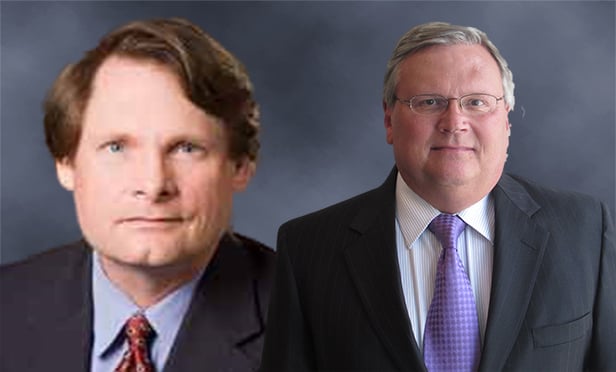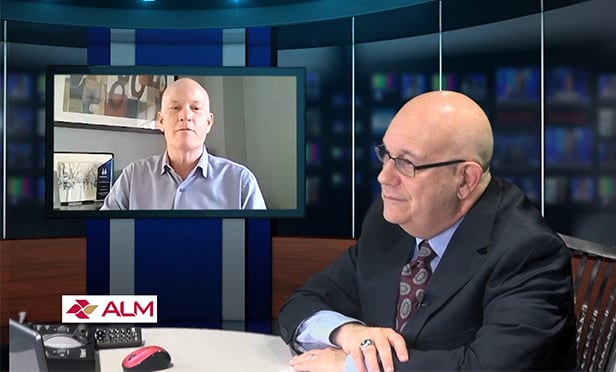TEANECK, NJ—With commercial buildings consuming some 20% of all energy in the US economy, it makes sense that leaders in Washington would suggest energy conservation to improve business. And the “Better Buildings Initiative” announced by President Barack Obama in February is part of a plan that calls for making buildings 20% more efficient by the end of the decade.
To do so, the President’s budget calls for Congress to change current tax deductions for building upgrades to a more generous credit, financing for retrofits and allocating more grants to states and municipalities. The question may be: “How will we know it’s been done?” says one New Jersey-based energy executive.
“Energy is going to be the next water of our future,” says Rick Schuett, VP of global sales of Teaneck, NJ-based Encelium Technologies, an energy control and lighting management company. “It will be what people wish they thought about when it was free.”
Plans to encourage energy conservation aren’t new, Schuett says, noting that then-President George W. Bush signed an executive order to increase energy efficiency nationwide as well. These orders have indicated an across-the-board reduction by 2020, a deadline that isn’t all that far off. “What President Obama is saying is that ‘You can’t wait until the end to do it,’” he says. “We’re looking for 3% in reductions a year.”
The problem, Schuett explains, is that there are no mechanisms to measure progress in place, and no indication of what will happen if the reductions aren’t reached. Even in well-advanced New Jersey, which has developed incentives to encourage renewable energy and conservation, there is still a long way to go, he says. Less than 17% of commercial customers have appropriate lighting controls. “The opportunity is huge,” Schuett says.
The state is “fairly proactive” regarding incentives, and in fact, leading the nation in terms of promoting renewable energy, he says. While access to capital remains challenging, executives can now measure the rate of return of their conservation investments. As a result, “it’s much better than where we were 10 years ago,” Schuett says. “There’s clear direction.”
The key is getting started, even though 2020 is more than eight years away. Schuett notes that these projects can take time. “Some of these things need to start sooner rather than later.”
Want to continue reading?
Become a Free ALM Digital Reader.
Once you are an ALM Digital Member, you’ll receive:
- Breaking commercial real estate news and analysis, on-site and via our newsletters and custom alerts
- Educational webcasts, white papers, and ebooks from industry thought leaders
- Critical coverage of the property casualty insurance and financial advisory markets on our other ALM sites, PropertyCasualty360 and ThinkAdvisor
Already have an account? Sign In Now
*May exclude premium content© 2024 ALM Global, LLC, All Rights Reserved. Request academic re-use from www.copyright.com. All other uses, submit a request to [email protected]. For more information visit Asset & Logo Licensing.








